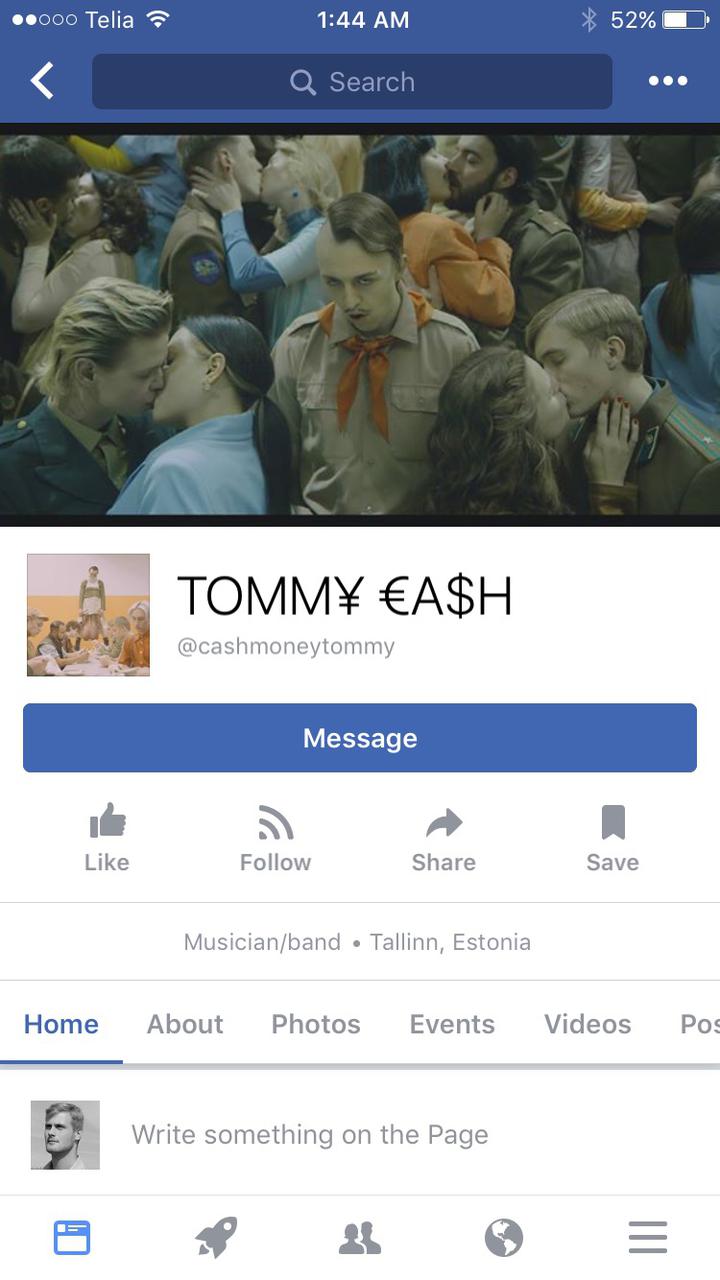With tons of social media platforms available, there are many who claim that as an artist you do not need a website. So, can you make it to the top without a website? — dig in and find out what is my take on the topic.
Yes, you need to have a website
Think about it — which of the following makes a better first impression when one is googling your band — a bunch of social media accounts or a neat and good-looking website?A good-looking website certainly looks more professional and leaves a better first impression for me. In my opinion it shows you are taking your art and the business around it seriously and you are willing to invest in your success.
Of course you need all the social media accounts too that you are already running but I suggest that you should have a website that serves as your virtual headquarters, providing all the important information about you as well as the links to your social media accounts.
The second issue bothering me is that your options on a social media platform are always limited. Yes, you may be able to play around with your profile and cover pictures, maybe even colours or font but that is all. In many cases, if you want to create an overt call-for-action button on the cover on your profile, it is impossible.
Altogether, a great advantage of website is that you are in full control of the content and the design. Furthermore, your website will be around as long as you want, unlike the social media platforms. And this is why I am convinced that you need a website.
So, how to create a good website?
There are three elements making the foundation of a good website. The first of three is a clear mission. When defining the mission of the website I highly recommend that you view all your online channels as a whole. The aim should be creating one unified strategy and deciding what role should each channel have. One good idea would be creating a so-called marketing funnel where on one end is a person who has maybe never heard of you and after you have lead this person through your funnel, he has bought your album or concert ticket. Here is a simple example of one possible funnel.You can see, that the first contact with the visitor is via Facebook — you can conduct various advertising campaigns there, so getting people to your website is quite easy. Now, on your website you want to get the email of the visitor in order to have a direct access to her mailbox. Again, using service providers like MailChimp makes that really easy. Newsletter marketing can be super effective, so this is something I would say is a must.
Once you have the visitor's email you want to lead her towards the purchase, so having an integrated online store on your website is a good idea. But even if you do not have an integrated solution, make sure you have links to the sites where your visitor would be able to buy your goods. Even if she will not make a purchase during the first visit to your website, you now have her email and you could easily re-target her on Facebook and communicate with her via newsletters. So, in example, the main goal of the website is to lead the visitor towards a purchase and everything else is built around it. You can follow my lead or come up with something else, just make sure you have a clear mission for your website before you start creating it.
The second element of a good website is content
Content of your website is its most important element. The key to success here is to bear in mind the mission of the website when generating the content. Everything you decide to put on your website must have a reason and serve the mission you have already defined. Another principle you should follow is that "less is more". Make sure you have enough content to push the visitor to the next step in your funnel but keep the amount of information as low as possible.You should also put yourself into your visitors' perspective — write about things that interest your visitors and try not to be self-obsessed. Believe me, I see almost every day how people ruin their possible success by not addressing the visitors' interests. In order to make creating content easier, think about it like Lego blocks. For example the blocks that you might want to use on your website are: bio, subscription button, blog, reviews, online store and gallery.











